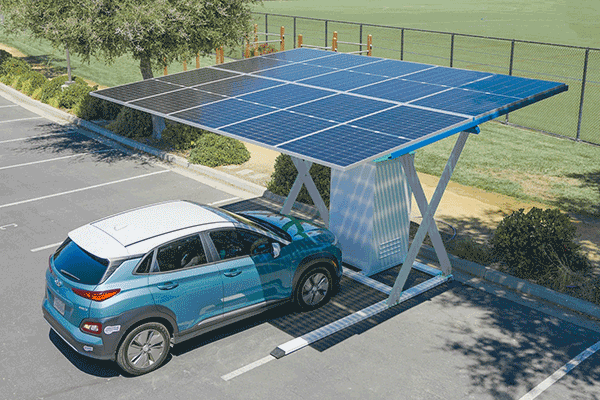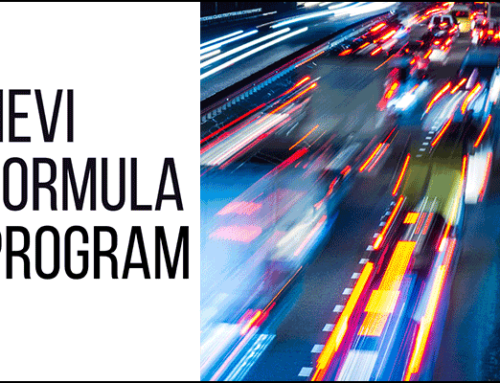Solar energy is reshaping the way we power our homes, appliances, and vehicles. For shed owners, the leap to solar is not just an environmentally conscious decision, but a practical one. With companies like Setec Power launching innovative products like their Home EV Charging Solar Carport System, the horizon for solar applications is broadening. Let’s dive deep into the potential of using solar power for sheds and the benefits of integrated solar systems.

Why Opt for Solar in Your Shed?
A shed often transcends its role as just a storage space. From workshops to art studios, powering it with solar energy can exponentially enhance its functionality. Solar power for sheds is:
– Economically Viable: By installing solar panels you can generate your own electricity, resulting in long-term savings on electricity bills and reduced reliance on utilities. The return on investment makes it financially worthwhile.
– Eco-Friendly: Using solar energy minimizes your carbon footprint compared to traditional power sources. It’s a sustainable green energy solution.
– Self-Sufficient: Solar power eliminates the need for cumbersome extension cords and provides off-grid independence.
Gauging Your Energy Requirements
Before jumping into a solar solution, you need to understand your energy needs. Take an inventory of all the tools, appliances or devices you plan to use in the shed, their power consumption and your estimated daily usage requirements. This will help determine what size solar system you need.
Solar Panel Varieties for Sheds
There are three main solar panel varieties to choose from in the market:
– Monocrystalline: This type has the highest efficiency rating, but comes at a premium price point. It’s the best performing option.
– Polycrystalline: A good middle-ground option, balancing both affordability and solar efficiency.
– Thin-Film: The most flexible solar panel option, but has marginally reduced efficiency levels.
The Simple Installation Process
For small solar setups oriented towards sheds, DIY installation kits can streamline the process:
– Position the Panel: Orient the solar panels to maximize sun exposure based on your hemisphere. Face them south in the northern hemisphere.
– Integrate a Charge Controller: This component modulates the voltage from the solar panels to safely charge your battery bank and protect the system.
– Link to Battery Storage: Having battery storage is essential for storing any excess solar energy produced for use when sunlight is unavailable.
– Connect Devices: Utilize the stored and direct solar energy produced as required by establishing connections to the tools, lights or appliances in your shed.
Battery Storage: Power for Later
Choosing the right battery is paramount for storing solar energy. Traditional lead-acid batteries are a popular choice given their cost, but modern lithium-ion variants offer extended lifespans, improved efficiency, greater energy density and storage capacity.
Routine Maintenance: Ensuring a Healthy System
Performing a few regular maintenance tasks can significantly prolong the life of your solar system:
– Panel Cleaning: Remove any obstructive dirt, dust or debris on the solar panels to maintain productivity.
– Wiring Inspections: Periodically inspect the wiring for any damage or hazards.
– Battery Checks: Look for any abnormal corrosion, leaks or signs of wear on the batteries that may indicate a need for replacement.
Crunching Numbers: Analyzing Cost-effectiveness
While the initial equipment and installation cost of a solar system is the most tangible investment, the long-term savings on electricity bills and reduced utility expenses often make solar a cost-effective option with a return on investment over time. Moreover, adding solar can increase your property value.
Grid Decisions: Off-grid vs On-grid
You have two options when it comes to connecting your shed’s solar system to the grid:
– Off-grid Systems: Provide independence from the grid but necessitate battery storage to collect solar energy for use when sunlight is not available.
– On-grid Systems: Can be interconnected to the local electrical grid, allowing you to potentially sell back excess solar energy produced.
Safety: Non-negotiable
Though solar systems generally boast a good safety record, always practice caution by:
– Employing proper wiring with adequate insulation.
– Properly grounding your shed’s solar system.
– Using a reliable charge controller to negate any risks of overcharging the batteries.
Broadening Horizons: More Than Just Sheds
With innovative solutions like Setec Power’s Home EV Charging Solar Carport System, the solar energy landscape is rapidly expanding. Imagine not just powering your shed, but also charging your electric vehicle with the free abundant energy from the sun. Solar energy can integrate eco-friendliness into your daily life and commute.
Are you interested? Contact us now!














